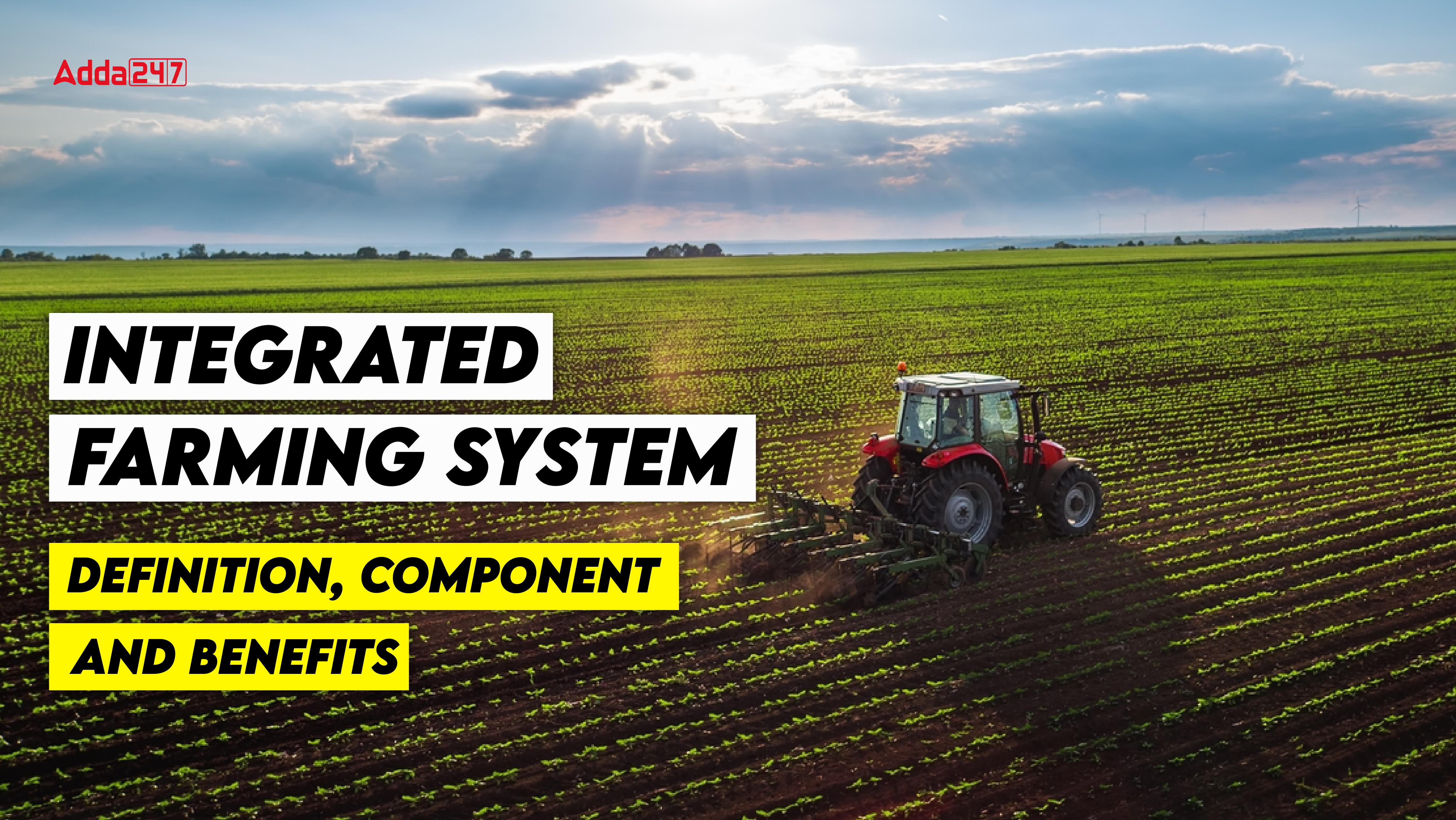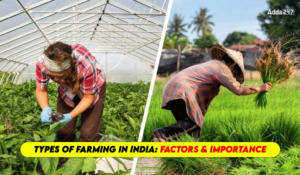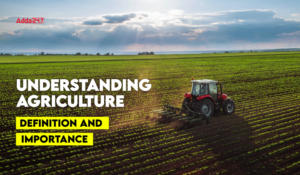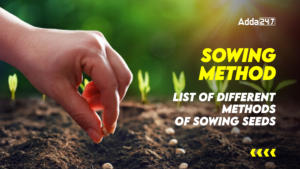Table of Contents
Small and marginal farmers form the backbone of the Indian rural economy, representing 85% of the total farming community. With the increasing demand for food production and the need to ensure stable incomes and nutritional security, particularly for farmers with limited resources, the Integrated Farming System (IFS) has emerged as a promising solution. IFS aims to provide a stable and sustainable approach to agriculture by integrating multiple farming enterprises to optimize resource use and enhance farm productivity.
What is an Integrated Farming System (IFS)?
Integrated Farming System (IFS) is a holistic agricultural approach that combines various farm enterprises—such as crop cultivation, livestock, aquaculture, poultry, sericulture, and agroforestry—to achieve sustainable and efficient agricultural production. The IFS model operates on the principle that the by-products or waste from one component can be used as inputs for another, leading to efficient recycling and enhanced productivity.
Goals of Integrated Farming System (IFS)
- Enhancing Productivity per Unit Area
- Proper Waste Management
- Generation of Continuous Income Year-Round
- Reducing Use of Chemicals
- Maximization of Yield of All Component Enterprises
- Soil Health Management
Components of the IFS Model
The IFS model integrates several compatible enterprises, including:
- Crops: Field crops, horticultural crops
- Agroforestry: Agri-silviculture, agri-horticulture, agri-pastoral, silvi-pastoral, horti-pastoral systems
- Livestock: Dairy, pigs, poultry, small ruminants
- Aquaculture: Fishery
- Others: Mushroom cultivation, bee culture
This synergistic integration ensures that the by-products of one process serve as inputs for others, maximizing farm productivity and sustainability.
How IFS Works
In an IFS model:
- Field Crops: These are grown for food production, while horticultural and vegetable crops can provide higher energy yields compared to cereal crops, enhancing nutritional security and income sustainability.
- Crop Residues: After harvesting, crop residues can be used as animal feed for dairy and goat production.
- Animal Excreta: This can be used as organic fertilizer or in vermicomposting, improving soil fertility and reducing the need for chemical fertilizers. Additionally, excreta can be composted or converted into biogas for energy.
- Rice-Fish Integration: In lowland areas, integrating rice and fish improves both fish production and rice yields, as fish enhance soil fertility. Adding poultry, such as ducks, to this system provides nutrients to fish and further increases production.
Possible enterprises of IFS
Wetland-based farming system
- Crop + Fish + Poultry/poultry/pigeon
- Crop + Fish + Mushroom
Gardenland-based farming system
- Crop + Dairy + Biogas
- Crop + Dairy + Biogas + Sericulture
- Crop + Dairy + Biogas + Mushroom + Sylvi-culture
Dry land-based farming system
- Crop + Goat + Agroforestry
- Crop + Goat + Agroforestry + Horticulture
Objectives of Integrated Farming System (IFS)
- Diversification of Income: Integrating various agricultural and non-agricultural components to reduce risk and stabilize income sources.
- Efficient Resource Utilization: Using waste products from one component as resources for another, such as converting livestock waste into crop fertilizer.
- Soil Conservation: Employing techniques like intercropping and crop rotation to maintain soil fertility and prevent erosion.
- Biodiversity Conservation: Integrating diverse elements like trees, crops, and animals to promote wildlife habitats and conserve biodiversity.
- Environmental Sustainability: Adopting practices that reduce chemical inputs, conserve water, and lower greenhouse gas emissions to balance environmental, economic, and social goals.
- Food Security: Increasing food production and reducing insecurity through sustainable practices that enhance productivity and mitigate crop failure.
- Empowerment of Small-Scale Farmers: Providing sustainable farming practices to improve productivity and income, especially for farmers with limited resources
Advantages of Integrated Farming System (IFS)
IFS offers numerous benefits, including:
- Increased Productivity: By intensifying crops and integrating allied enterprises, IFS increases productivity per unit area.
- Nutritional Security: The integration of various production systems helps address malnutrition by diversifying food sources.
- Improved Soil Health: IFS improves soil fertility and structure through crop rotation, cover crops, and organic compost while minimizing nutrient losses.
- Pest and Weed Management: Appropriate crop rotation in IFS reduces weeds, insect pests, and diseases.
- Higher Net Returns: The integration of multiple activities provides higher net returns on land and labor resources.
- Stable Income: Regular income is generated from diverse products such as eggs, milk, mushrooms, vegetables, honey, and silkworm cocoons.
- Cost Reduction: Recycling inputs from by-products of allied enterprises reduces production costs and avoids waste accumulation and pollution.
Integrated Farming System (IFS) addresses multiple agricultural challenges by enhancing farm productivity, ensuring nutritional security, and providing stable income. It leverages India’s rich agricultural diversity and national resources to promote sustainable development. By improving overall farm productivity, profitability, and employment opportunities while conserving natural resources and maintaining agroecosystem sustainability, IFS represents a holistic approach to the upliftment of rural communities and the preservation of agricultural diversity.




 Types of Farming in India: Factors and I...
Types of Farming in India: Factors and I...
 Understanding Agriculture: Definition an...
Understanding Agriculture: Definition an...
 Sowing Method: List of Different Methods...
Sowing Method: List of Different Methods...


 Adda247 Job portal has complete information about all Sarkari Jobs and Naukri Alerts, its latest recruitment notifications, from all state and national level jobs and their updates.
Adda247 Job portal has complete information about all Sarkari Jobs and Naukri Alerts, its latest recruitment notifications, from all state and national level jobs and their updates.